We caught up with the brilliant and insightful Natalie Punt a few weeks ago and have shared our conversation below.
Natalie, appreciate you joining us today. We’d love to hear the backstory behind a risk you’ve taken – whether big or small, walk us through what it was like and how it ultimately turned out.
As a veterinarian student I was singularly focused on becoming a veterinary oncologist. However during my internship I found myself enjoying and doing very well in emergency medicine. The diversity of cases, breadth of knowledge required to be good at seeing the diverse case load, calm thinking under pressure and being able to work with the different speciality departments was exceptionally rewarding and satisfying to me. I was also noticing changes in the veterinary industry to me that indicated a high demand for emergency veterinarians as well as entrepreneurial opportunities for those willing and skilled to work at different hospitals. In addition, I became aware of how many specialists at the hospital had normalized being over worked and unhappy because they had followed the usual route of working for one hospital and becoming engrained in the bureaucracies and daily dramas of that hospital. Despite, seeing the opportunities and dangers ahead, I continued single mindedly towards a residency in oncology. It wasn’t until I began interviewing for residencies and felt myself beginning a road like so many others that I was very sad and unhappy to begin.
During my internship, I made connections with a HR liaison for a large veterinary corporation with speciality hospitals in many different states. She had been actively contacting me to discuss opportunities at hospitals outside of my home in San Diego. We discussed the feasibility of traveling to and working at these hospitals for short periods of time like 3-4 days every two weeks. This working arrangement was agreeable for several hospitals. I decided to not pursue a residency in oncology and withdrew from the match program. Instead I elected to pursue a career traveling to different speciality hospitals across the country as an emergency veterinarian.
Taking that risk and choosing the path that others had not traveled before was exhilarating and terrifying. Yet, I knew the risks of the path I was taking and what I needed to do to mitigate the risks. In addition, I perceived my back-up plan of pursuing a residency was a lesser option relative to the opportunities ahead as a traveling emergency veterinary.
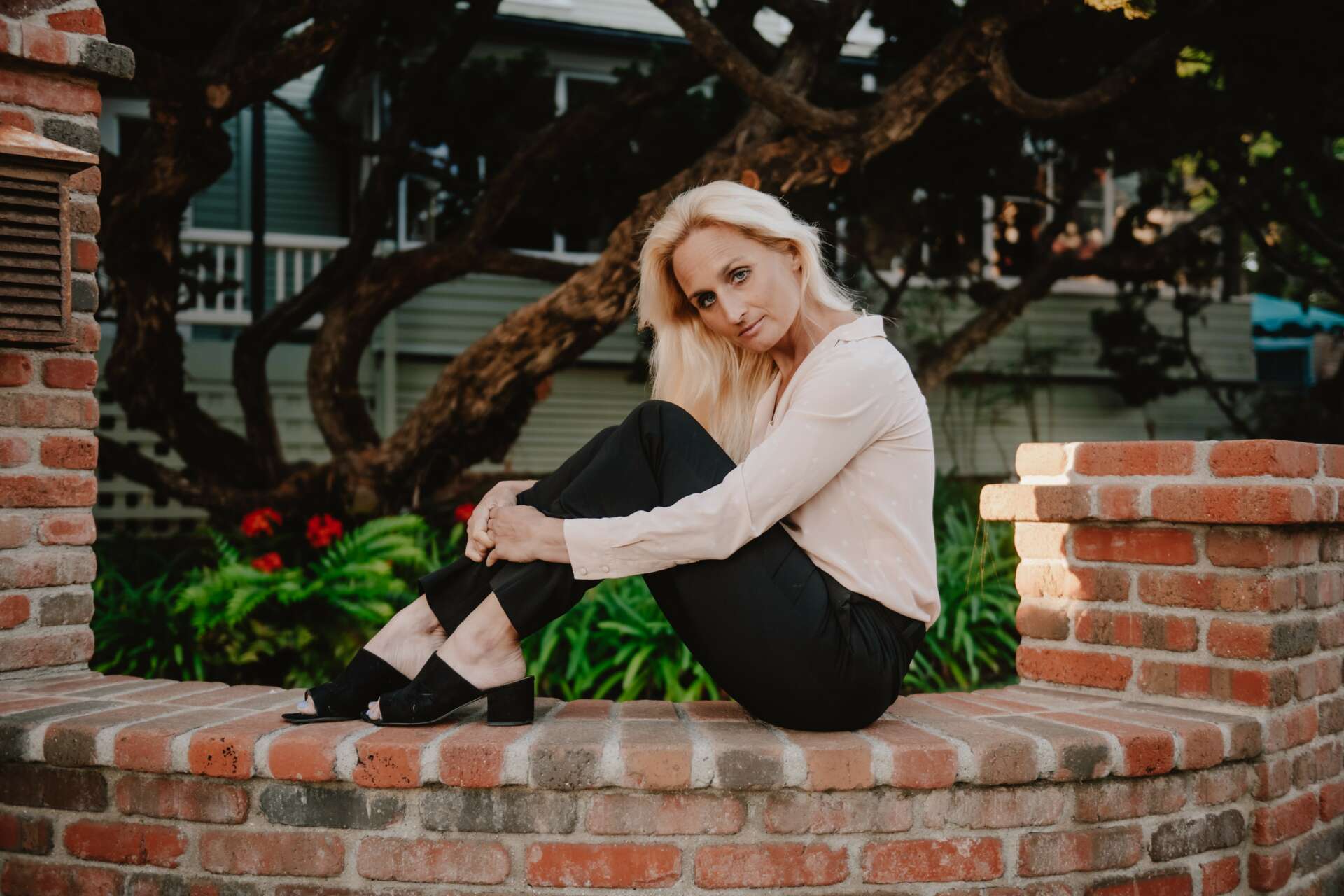
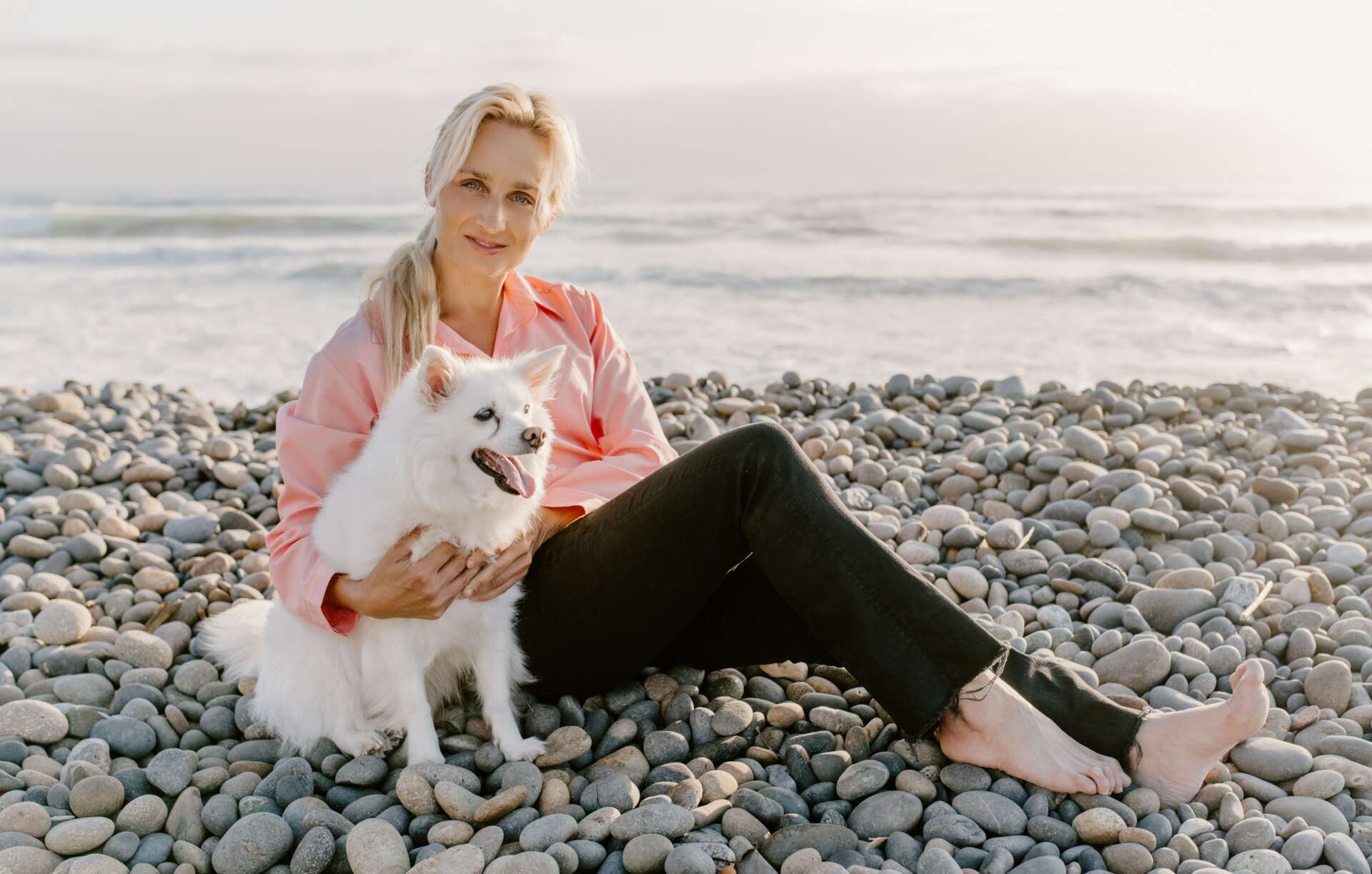
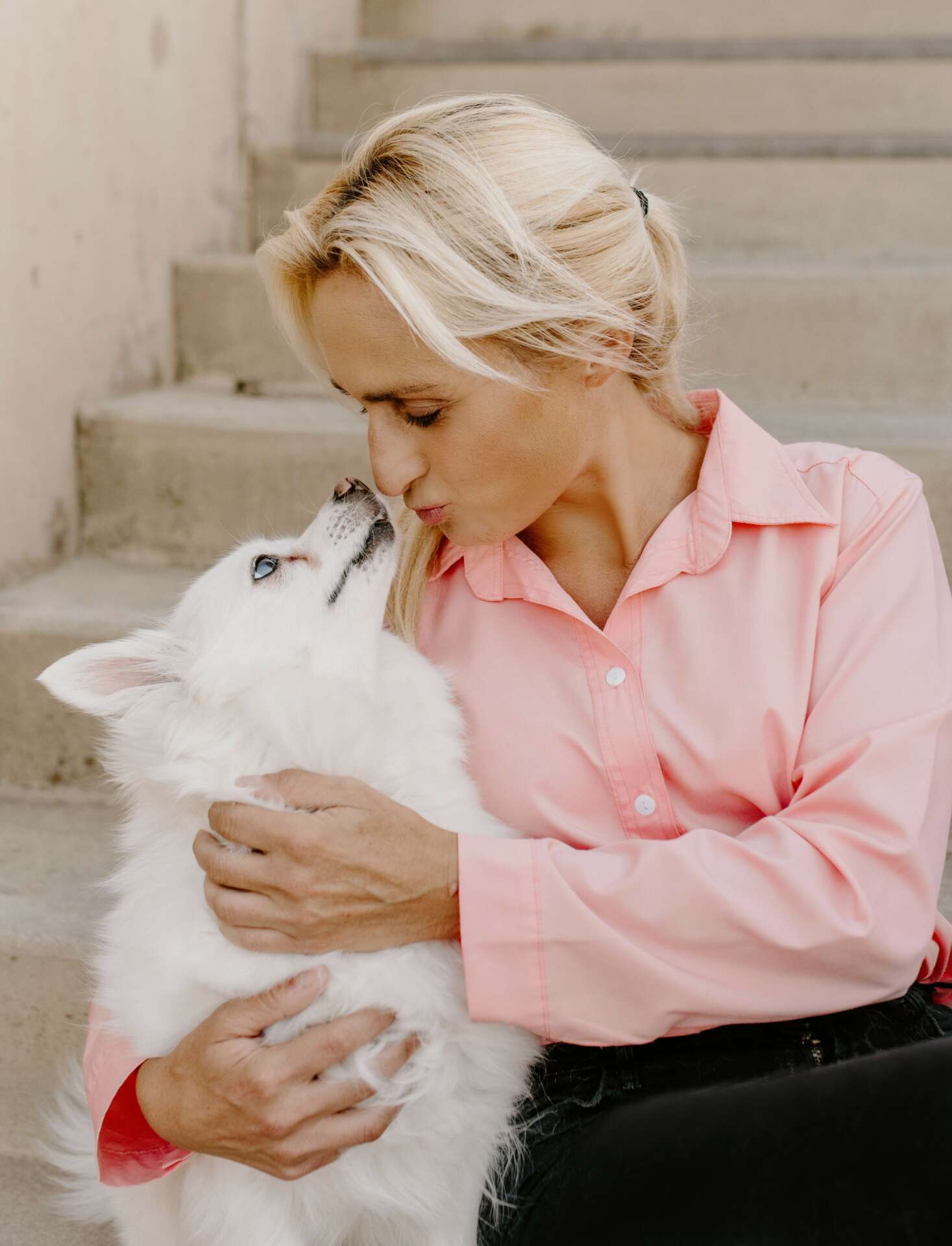
As always, we appreciate you sharing your insights and we’ve got a few more questions for you, but before we get to all of that can you take a minute to introduce yourself and give our readers some of your background and context?
My name is Natalie Punt and I am a small animal emergency veterinarian. Despite the name, most of my patients are dogs and cats with the occasional bird, reptile, rabbit and guinea pig. I grew up on a ranch in Northern California and from working with our animals when they were sick- I wanted to find better ways to treating animal diseases than what were currently available. Ultimately, this lead me to a career as an emergency veterinarian.
I’m different from most veterinarians in that I work at many different speciality and emergency hospitals across the nation rather than working at just one hospital. I am currently licensed in fifteen different states! This allows me to provide support to hospitals that need an extra veterinarian. There is a high need for veterinarians who have the flexibility to work at different hospitals without a set schedule because, there is a shortage of veterinarians and emergency veterinarians in particular are in high demand. This keeps me very busy with work. To successfully practice emergency medicine in different cities across the US requires a professional attitude, with a strong foundation of medical knowledge complemented with a robust experience. Staying in high demand and having hospitals continually welcome me back requires a true team spirit combined with a sense of having fun while practicing high quality medicine with excellent customer service.
Any advice for managing a team?
From my experience working in a diverse variety of environments from small single doctor general practice hospitals to 50+ doctor speciality and emergency hospitals- I’ve found that people want to feel like they are a valuable part of a functioning community. People who feel genuinely appreciated for the value they add to a thriving community instills a sense of purpose and ownership. My best teams regularly perform group activities that encourage them to come together as a team and work towards improvement. For example, a group of nurses at a DC hospital learned to use a template for assessing hospitalized patients that they use to collectively do patient rounds twice per day. Learning how to use the template made the nurses feel like they added value to the hospital for improving patient care and instilled a sense of purpose towards a mission of providing high quality patient care.
I’ve also found that people in the medical professions like to be in environments where learning is encouraged. I often teach nurses as I work and find that not only do they respect me and my knowledge- it also encourages an environment where showing interest in continued learning is valued.
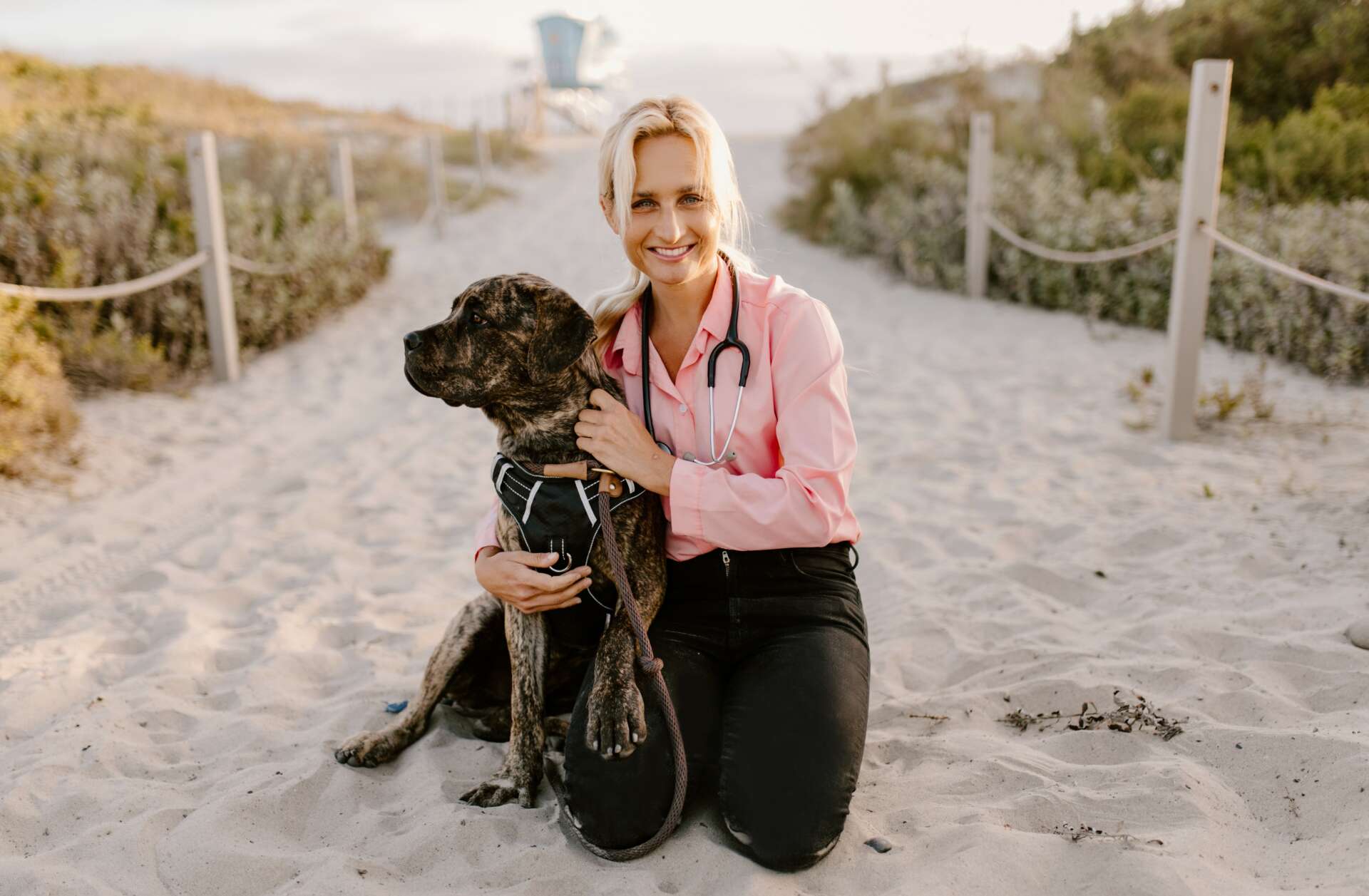

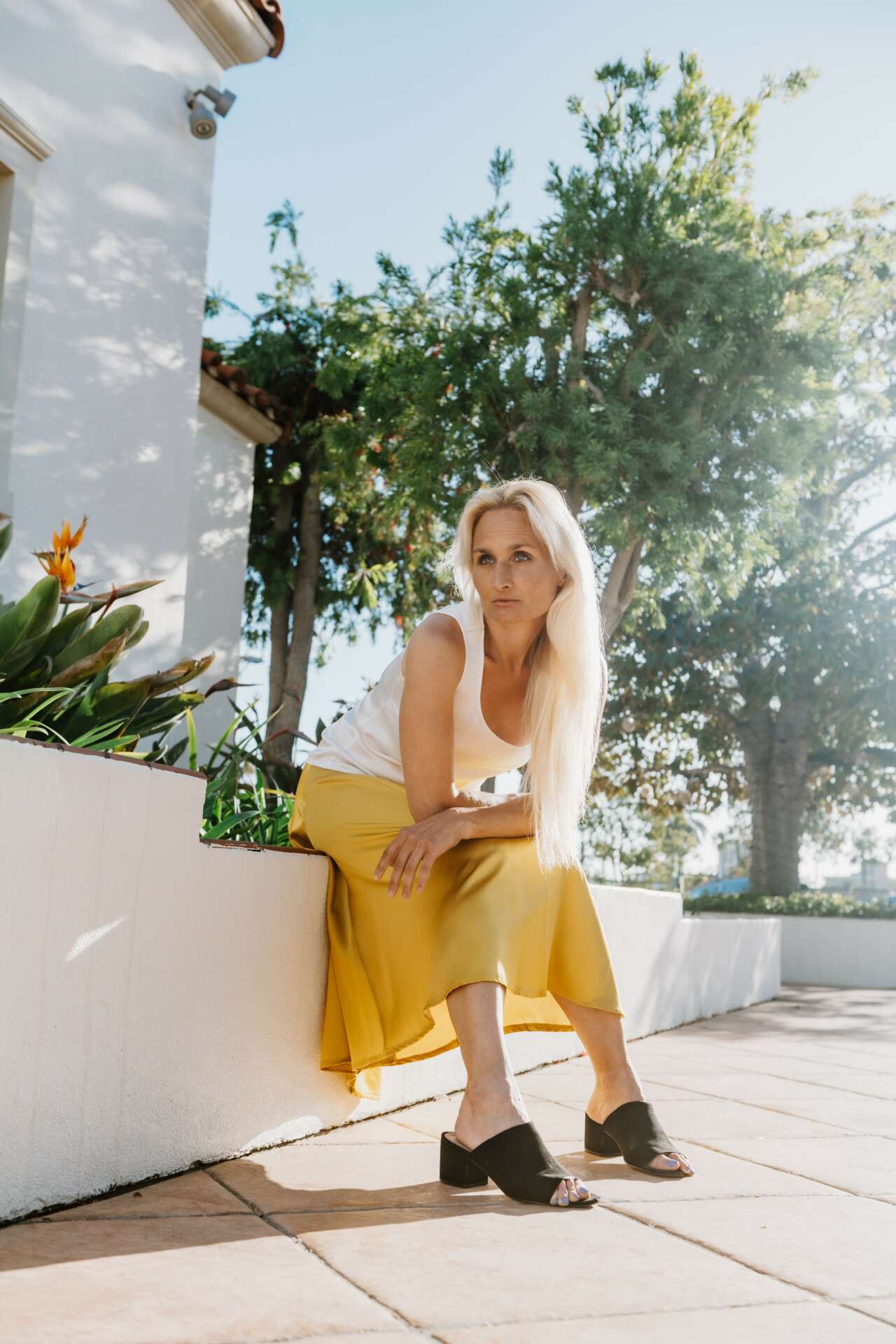
How’d you build such a strong reputation within your market?
Being nice and kind to others. During my internship I made a personal decision to be a nice person and I have a reputation as being a very nice, kind and easy going person- which I greatly value and respect about myself. In addition, I work very hard and diligently to have a strong medical knowledge. And lastly, my work ethic- having a strong work ethic has allowed me to grow my reputation and brand as a person who can be depended on to work.
Contact Info:
- Website: https://mpethealth.org
- Instagram: @mpethealth, @natalie365s
- Facebook: https://www.facebook.com/nppunt
- Linkedin: www.linkedin.com/in/natalie-punt-17ab626
- Other: https://www.facebook.com/mPetapp
Image Credits
Meylssa Gonzalez of The Sacred Wild Photography (https://www.thesacredwildphotography.com/) and Jamie Dixx of JDixx Photography (https://www.jdixx.com/index/G0000yNJZCQt5nEw/thumbs)


